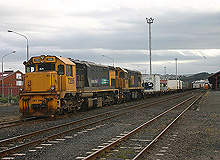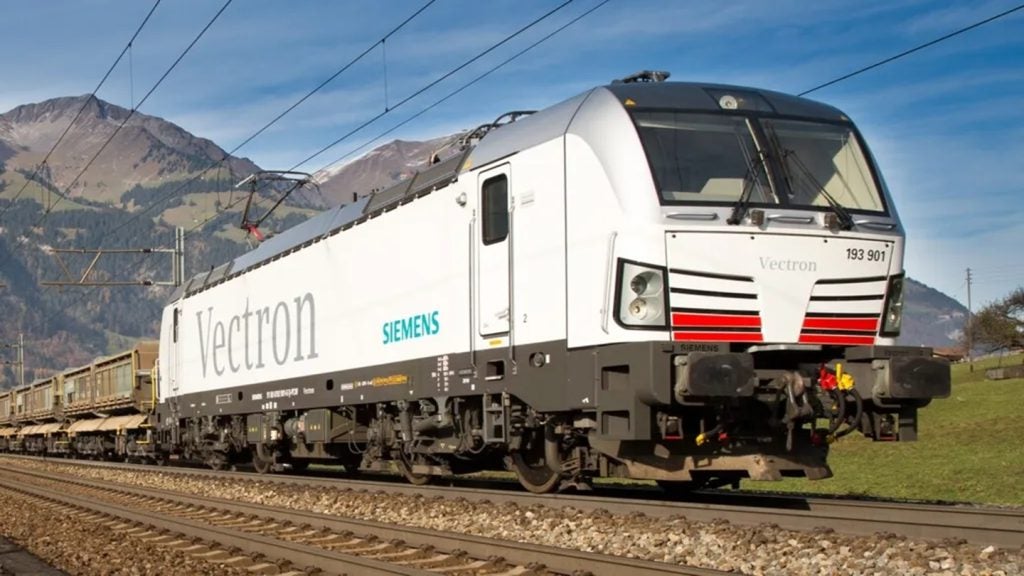
The use of GPS and other satellite systems in order to track trains and relay real-time information has long been feted as a possible means to keep disgruntled passengers up to speed with information as to why their train is late, where it is and when it will arrive. Outdated systems involving station officers and a relay of telephone calls could soon be a thing of the past.
The uses of satellite-based tracking systems are, however, not just limited to keeping passengers up to speed. The systems could yet be used to prevent disasters and direct emergency services to precise locations should the worst occur.
Preventing disasters
In the wake of the September 2008 Metrolink disaster, in which a Metrolink commuter train collided head on with a Union Pacific freight train in Chatsworth district, Los Angeles, California, US, killing 25 passengers and injuring 135 more, US congress implemented a bill to enhance GPS tracking systems aboard trains.
Designed to meet the Rail Safety Improvement Act of 2008, LandAirSea have enhanced existing GPS tracking technology to provide Precision Train Control (PTC) systems, mandated by the US Government. Current GPS tracking devices transmit signals from up to four GPS satellites to a receiver, however there is a margin of error due to atmospheric conditions and miscalculations are also enhanced by radio transmissions of a similar frequency closer to ground level.
The PTC programme manages to overcome these limitations by utilising the Nationwide Differential GPS (NDGPS), which comprises of a network of ground-based reference stations, in order to serve as a closer point of reference. The concept behind the programme works by the train receiving information about its location and along which lines it can safely travel, known by the industry term movement authorities.
Onboard computers receive the GPS data and can control the movement of the train automatically, preventing any movement that is unsafe according to up-to-date travel information.
How well do you really know your competitors?
Access the most comprehensive Company Profiles on the market, powered by GlobalData. Save hours of research. Gain competitive edge.

Thank you!
Your download email will arrive shortly
Not ready to buy yet? Download a free sample
We are confident about the unique quality of our Company Profiles. However, we want you to make the most beneficial decision for your business, so we offer a free sample that you can download by submitting the below form
By GlobalDataUsing the NDGPS also prevents areas of poor signal, such as through tunnels or in notorious “dark spots” where coverage is reduced, from significantly impacting on the system, whereas alternate uses of a PTC system include the ability to re-route traffic and safely direct maintenance crews onto and off tracks.
In a similar vein, the European Train Control System (ETCS), deployed in countries including Italy, Denmark, the Netherlands, France and Germany, uses global navigation satellite systems in collaboration with on-board systems in order to calculate the speed of a train compared to the maximum speed of the track. Should a train exceed that speed, the train is automatically slowed.
GPS to improve punctuality
A similar system is also being used in India in order to provide passengers with accurate, real-time information as to the punctuality and whereabouts of their next train. The Real-time Train Information System (RTIS), a R1.1bn ($24.5m) satellite-based project, will provide live train information to the public through the internet, SMS messages, call centres and train notice boards.
The current system involves station masters notifying a central control room each time a train passes their station, which can result in inadequate or erroneous information.
The new system, however, will connect 8,000 trains and 8,177 stations in the country using devices installed aboard locomotives in order to receive dynamic data, including the train name, speed and time duration.
Developed by the Indian Institute of Technology-Kanpur, the system uses GPS satellites and mobile communication technology to relay information, and trials undertaken on specific Shatabdi and Rajdhani trains provided impressive results.
Further uses for the system will allow any particular user to track the progress of a particular train over the internet, while data collected could also be analysed and used to improve efficiency across any line that produces poor results for both passenger and freight punctuality.
Pivdenna Railways is also in the process of designing and implementing a satellite train tracking system, utilising GPS/GSM/GPRS functions, which will be installed upon Hyundai trains servicing the network. Working much like the RTIS system, Pivdenna will also collaborate with Khartep to develop a satellite-based announcement system, which will alert repair or maintenance workers about approaching trains.
Creating cost efficiency with GPS
A 2006 paper entitled Satellite Navigation technology Applications for Intelligent Transport Systems, compiled by the University of Leeds Institute for Transport Studies professor Dr Paul E. Firmin, suggests that the ETCS could also be utilised to significantly reduce costs associated with train control and fleet management.
Firmin suggests that satellite navigation technologies could compliment existing, ground-based systems in order to monitor individual wagons for cargo control and train signaling, which could, in turn, reduce the necessary time distance between trains and increase train frequencies.
Enhancing the efficiency of trains via a satellite network is also high on the agenda, as demonstrated by the Advanced Train Management System (ATMS) currently being trialed by the Australian Rail Track Corporation.
Developed by Lockheed Martin and incorporating Telstra’s extensive 3G network, the system could allow longer trains to run closely together on the same track using transmitters that are attached trackside and to the front and rear of trains. The transmitters relay the exact location of the train over the network to a control centre, where an operator can communicate with the driver and advise as required.
Freight trains are currently kept between 10km and 15km apart due to exact location data being sparse, however, the implementation of the ATMS could allow that gap to be shrunk to around 2km, vastly increasing the efficiency of the network.
“If we can shrink that gap and safety margin down to 2km, we would obviously get more trains on the track and this system would allow us to do that. It’s about getting more trains and more freight on the north-south and east-west tracks,” said ARTC spokesman Brad Emery, talking to adelaidenow.com.







